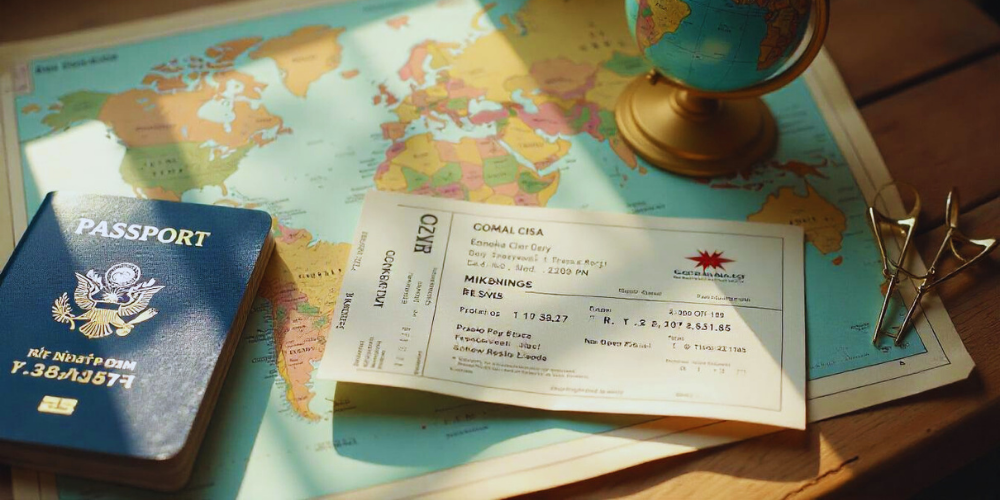--------- Visa vs Passport: What’s the Difference and Why It Matters
Jun 30, 2025
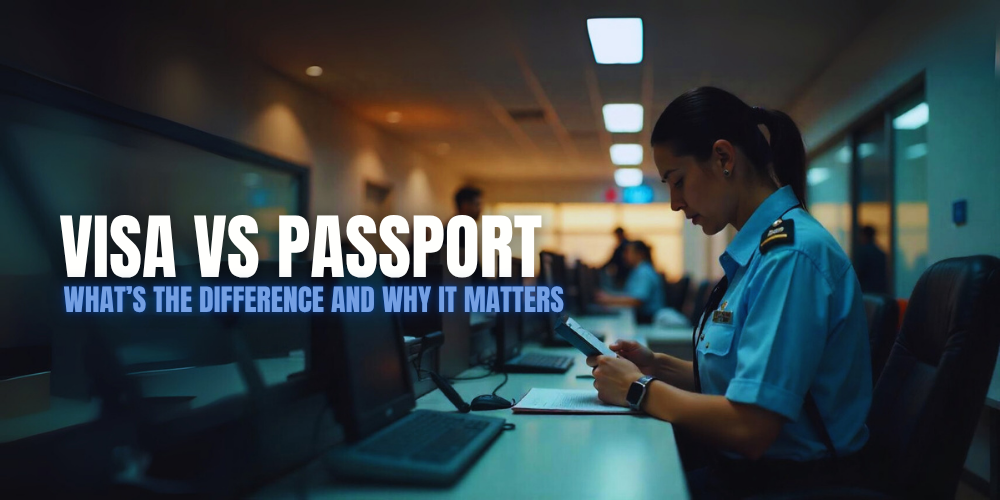
A passport is an official travel document issued by your government. It verifies your identity and citizenship. A visa, on the other hand, is a stamp or sticker placed in your passport. It grants you permission to enter, stay, or leave a foreign country.
Passports are essential for international travel. Without one, crossing borders is impossible. Visas, however, depend on the destination. Some countries allow entry without a visa, while others require one in advance.
Purpose of a Passport
Your passport confirms your identity overseas. It acts as proof of nationality. It’s also used to re-enter your home country. Without a valid passport, traveling abroad becomes legally and logistically impossible.
Each passport includes personal data. This includes your name, photo, date of birth, and issuing authority. Some countries issue e-passports with embedded chips for added security.
Purpose of a Visa
Visas permit entry or stay in a country. They come in different types based on the visit purpose. Common visas include tourist, student, business, and work visas. Some allow single entry; others permit multiple entries.
Governments issue visas after reviewing applications. Approval often depends on travel history, intent, and the documentation provided. Some visas are electronic, while others are physical stickers in your passport.
Key Differences Between a Visa and a Passport

Passports are always needed for international trips. Visas are conditional and vary by destination and travel purpose.
How to Apply for a Passport
To apply for a passport, follow these general steps:
- Complete the official application form (e.g., DS-11 in the U.S.).
- Submit required identification documents (birth certificate, ID card).
- Provide passport-sized photographs.
- Pay the application fee.
- Submit the application in person (especially for first-time applicants or minors).
Processing times vary by country, but standard processing can take 4–8 weeks, while expedited options may be available.
How to Apply for a Visa
Visa application processes differ significantly by country and visa type. However, the most common steps include:
- Determine the visa type you need.
- Complete the visa application form (often online).
- Gather required documentation, such as:
- A passport with validity beyond your stay
- Passport-size photos
- Proof of financial means
- Itinerary or flight reservations
- Travel insurance
- Pay the visa fee.
- Schedule an interview (for countries like the U.S.).
- Attend the visa interview and submit biometrics if required.
Some countries issue eVisas, which can be applied for entirely online, reducing the hassle of consular appointments.
When You Need a Visa
Some countries allow visa-free access for short stays. For example, U.S. citizens can visit the EU for 90 days without a visa. However, longer stays or specific purposes require a visa.
If you plan to work, study, or live abroad, you’ll likely need a visa. Always check visa policies before booking a trip. Some embassies offer fast-track services, but delays still happen. Plan early.
Traveling Without a Visa
Many passport holders enjoy visa exemptions based on bilateral agreements. For instance, Japanese passport holders can access over 190 countries visa-free. However, exemptions often come with limits on duration and activities.
Visa-free doesn’t mean rule-free. You must still follow the laws of the country. Overstaying can lead to fines or bans. Always respect the conditions of your stay.
Tips for Managing Your Travel Documents
- Always check your passport’s expiry date before booking.
- Renew passports at least six months before they expire.
- Research visa rules before planning your itinerary.
- Apply for visas early, especially during peak travel times.
- Carry both original and digital copies of your passport and visa.
FAQs
Q1: Can I travel internationally with only a visa?
No. A visa without a passport is like a ticket without ID — you won’t get far.
Q2: Do all countries require a visa to enter?
Not always. Many countries have visa-free arrangements depending on your passport.
Q3: Is a passport enough for international travel?
Sometimes yes, but many countries still require a visa in addition to your passport.
Q4: How long does it take to get a passport or visa?
Passports usually take 4–8 weeks. Visas vary — from a few days to months.
Q5: Can I apply for a visa after arriving in a country?
Rarely. Most countries require visa approval before you arrive.
Conclusion: Passport vs Visa — Know the Difference, Travel Smart
In summary, a passport identifies you as a citizen of your home country, while a visa grants you permission to enter and stay in another country for a specific purpose and duration. Understanding the distinction between the two and complying with all relevant travel regulations is essential to a hassle-free international travel experience.
Understanding the difference between a visa and a passport is essential. One proves your identity. The other permits you to enter a foreign land. Both are crucial for smooth, legal international travel.
Never assume your passport alone is enough. Each destination has its own rules. Stay informed, stay organized, and travel smarter.
Before any international trip, always check:
- The passport validity requirements of your destination.
- Whether a visa is required and how to obtain it.
- Your entry rights and conditions, even in visa-free zones.
By doing so, you'll save yourself from unnecessary stress and ensure that your global adventures are safe, legal, and enjoyable.
Recent Articles
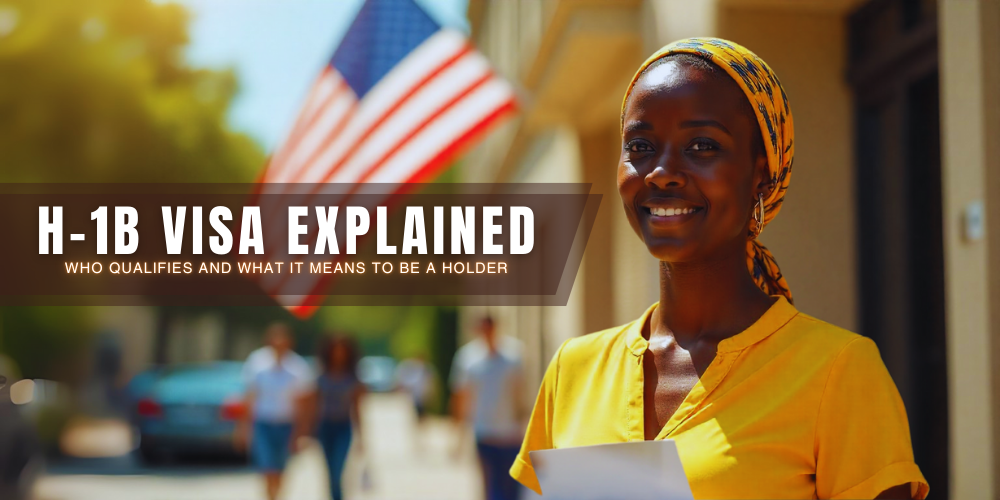
H-1B Visa Explained: Who Qualifies and What It Means to Be a Holder
If you’ve followed conversations around U.S. immigration, chances are you’ve come across the ter
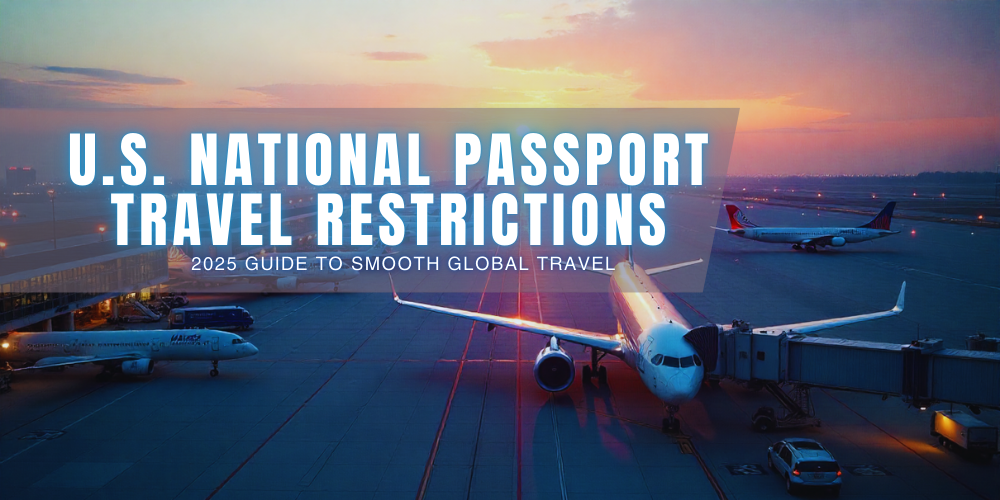
U.S. National Passport Travel Restrictions: 2025 Guide to Smooth Global Travel
Traveling internationally in 2025 requires more than simply booking a flight and packing a bag. With
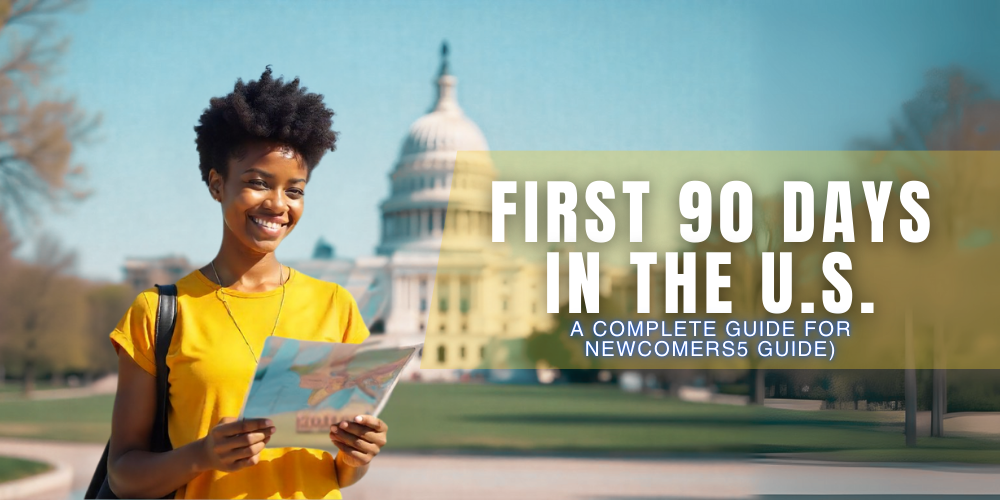
First 90 Days in the U.S.: A Complete Guide for Newcomers
Relocating to the United States can be both exciting and overwhelming. The first 90 days in the U.S.
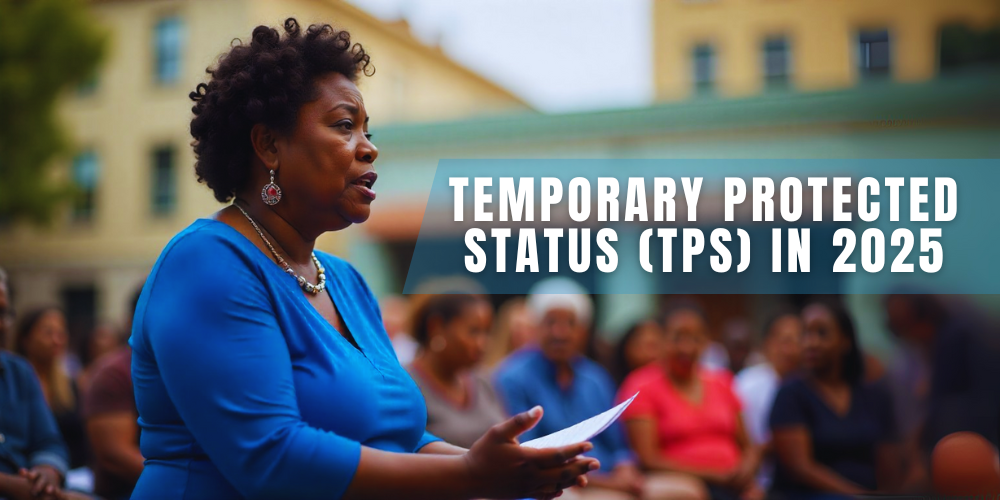
Temporary Protected Status (TPS) in 2025: Eligibility, Benefits, and How to Apply
Temporary Protected Status (TPS) lets eligible nationals of certain countries stay and work in the U
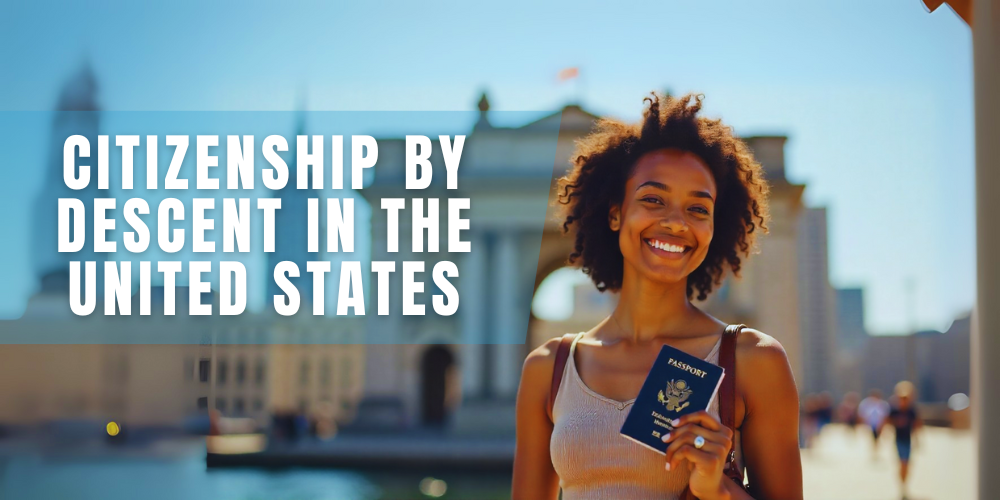
Citizenship by Descent in the United States: A Complete Guide
For many people, the dream of becoming a U.S. citizen doesn’t always start with moving to America.
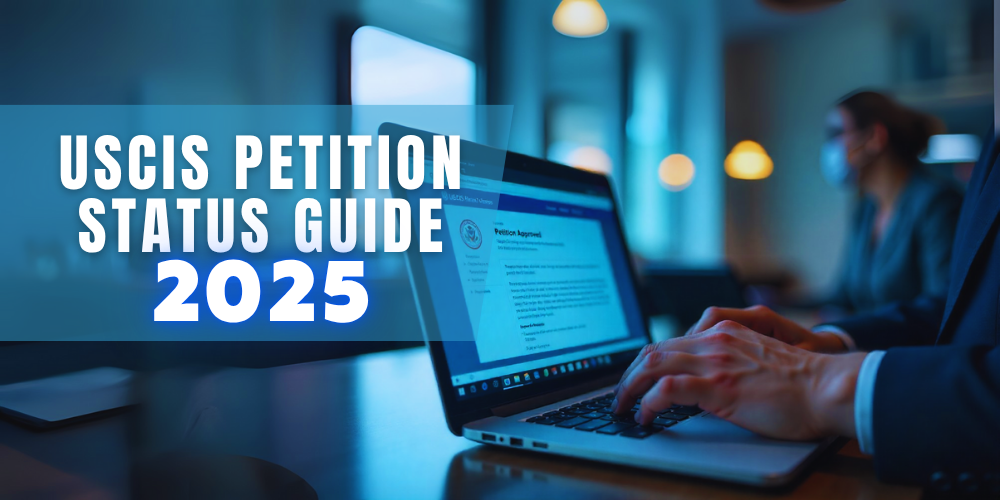
USCIS Petition Status Lookup Guide 2025: 15 Expert Steps to Avoid Delays
Immigrants in the U.S. and abroad are navigating a maze of petitions, from green cards to work visas
Read More

H-1B Visa Explained: Who Qualifies and What It Means to Be a Holder

U.S. National Passport Travel Restrictions: 2025 Guide to Smooth Global Travel

First 90 Days in the U.S.: A Complete Guide for Newcomers

Temporary Protected Status (TPS) in 2025: Eligibility, Benefits, and How to Apply

Citizenship by Descent in the United States: A Complete Guide

USCIS Petition Status Lookup Guide 2025: 15 Expert Steps to Avoid Delays

Welcome to the VisaTravel blog. We know that navigating the maze of visa applications and online forms can be as tricky as choosing the perfect travel playlist (which is all we want you worrying about anyway).
Throughout our years of experience, though, we’ve uncovered a mountain of knowledge which, via this blog, we’re sharing with you! Whether you're diving into the world of travel visas, wondering about the ESTA online hustle, or just trying to figure out the DS160 form, think of us as your online concierge, here to make the process easy and most of all, clear.
At this point in our global context, who has time for endless paperwork and confusing legal jargon? No one. That's why we're all about spilling the tea on online visa hacks, easier-to-work-with DS160 forms, and giving you tips on everything from tourist visas to immigration, to that last-minute ESTA online adventure.
So, just plug in a word you’re curious about on the search bar, and boom. We've got the tips, tricks, and insider info to help you (and anyone else you may be traveling with) get to your travel destination with the confidence of a seasoned traveler.
Now go explore!
 U.S. Visa
U.S. Visa
 Canada eTA
Canada eTA
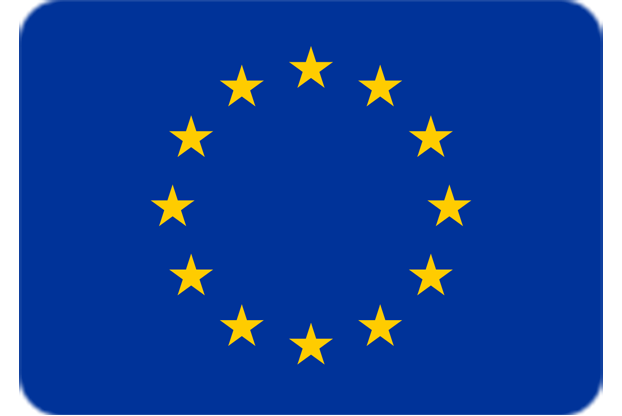 Schengen Visa
Schengen Visa
 New Zealand eTA
New Zealand eTA
 United Kingdom eTA
United Kingdom eTA
 Australia eVisitor
Australia eVisitor
 Vietnam eVisa
Vietnam eVisa
 Egypt eVisa
Egypt eVisa
 Singapore Arrival Card
Singapore Arrival Card
 Sri Lanka eVisa
Sri Lanka eVisa



